Syracuse Symposium to Present Conservation Ecologist Eric Sanderson March 30-31
Sanderson is best-known as author of 'Mannahatta: A Natural History of New York City'
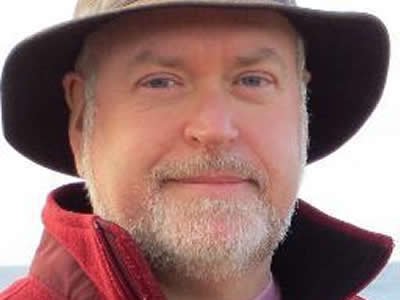
Syracuse Symposium continues its yearlong look at “Place” with a visit by an expert in ecosystem and landscape ecology.
Eric Sanderson, senior conservation ecologist of the Wildlife Conservation Society (WCS), will present “The Welikia Project: Discovering a Natural Sense of Place in New York City,” on Thursday, March 30, from 4-5:30 p.m. in 100 Falk. The following day, he will lead a workshop titled “Onondaga Lake: Visualizing the Natural/Historical Continuum” from 9 a.m. to 3:30 p.m. in 304 Tolley.
Both events are free and open to the public; however, the workshop, which has a morning and an afternoon session, requires registration. To enroll in either or both sessions, call Jane Read, associate professor of geography in the Maxwell School, at 315.443.4279, or email her at jaread@maxwell.syr.edu. The registration deadline is Friday, March 24.
For more information about Sanderson’s visit, contact the Humanities Center in the College of Arts and Sciences at 315.443.7192, or visit humcenter.syr.edu.
“Dr. Sanderson has devoted his career to species and landscape conservation planning,” says Vivian May, director of the Humanities Center and professor of women’s and gender studies in A&S. “His work is holistic and compelling, combining elements of biology, history, anthropology, sociology and political science to help us understand our experience of place—past, present and future.”
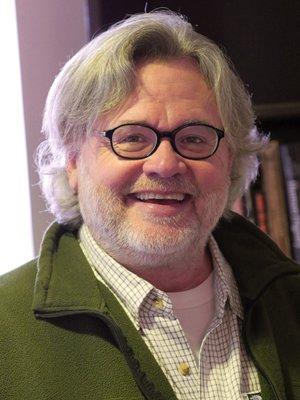
Sanderson’s visit is co-organized by Read; Phil Arnold, associate professor and chair of religion, as well as director of the Skä•noñh—Great Law of Peace Center in Syracuse; and Rachel May, director of sustainability education for the University.
Pronounced “way-LEE-kee-uh,” welikia means “my good home” in Lenape, the Native American language of the New York City region at the time of the Europeans’ arrival in the early 1600s.
Sanderson oversees the Welikia Project, which includes an interactive, three-dimensional map tracing the ecology of Manhattan and its surrounding boroughs over the past 400 years. Welikia is an outgrowth of the Mannahatta Project, which Sanderson also directs, but focuses exclusively on Manhattan’s social, cultural and natural transformation.
The Welikia and Mannahatta projects are sponsored by WCS, which is committed to protecting the world’s wildlife and wild places.
Arnold says the Welikia Project is designed to help people appreciate, conserve and reinvigorate the natural heritage of New York City, regardless of where they live.
“Eric Sanderson explores not only the deep history of ecosystems and landscapes, but also the rich human cultures that have inhabited these areas for thousands of years, before [English explorer] Henry Hudson arrived in 1609,” Arnold says. “This kind of information is a boon to students, researchers, teachers and policymakers.”
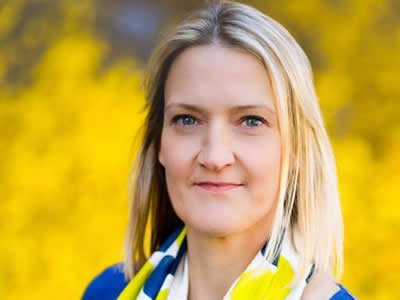
Read echoes these sentiments, saying the Welikia Project embodies digital humanities excellence. “This is more than a flashy Photoshop job,” she says. “Dr. Sanderson uses digital mapping to create now-and-then comparisons of New York City—from visualizing plants and animals that have inhabited a specific area to showing how valleys, forests and marshes have given way to farms and then skyscrapers.”
Like Arnold, Read is excited about Sanderson’s workshop, saying it will show how digital tools and methods are used to recreate the natural and historical continuum of Onondaga Lake.
“Digital technologies can be layered together to tell stories about the lake’s seemingly incompatible features,” she says. “They range from sacred spaces; to post-industrial wastebeds; to secret, effaced or poisoned landscapes.”
Located north of the City of Syracuse, Onondaga Lake has been a sacred space for the Haudenosaunee Confederacy for more than a thousand years. The lake also is the birthplace of the Great Law of Peace, whose teachings inspired parts of the U.S. Constitution. Today, Onondaga Lake is in the midst of a $1 billion cleanup, following decades of industrial pollution.
Sanderson’s visit coincides with a project directed by Rachel May, involving the creation of a prototype of a digital atlas of Onondaga Lake. Funded by the National Endowment for the Humanities, the project includes Read and Arnold (its co-directors), who believe the digital humanities occupy a unique place in the 21st-century classroom.
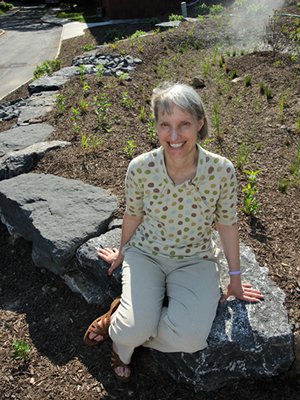
“Our approach is similar to Dr. Sanderson’s—integrating the idea of place as a spiritual center in indigenous and local knowledge with the more decentered idea of place that is inherent in digital mapping,” May says. “The result is a comprehensive survey of the historical, cultural and economic significance of Onondaga Lake that ultimately becomes a tool for respectful communication.”
In addition to the Welikia and Mannahatta projects, Sanderson has embarked on a series of projects over the past 20 years, bringing international distinction to WCS. They include the Human Footprint map, the first global map of human influence on the land surface, and the Landscape Ecology and Geographic Analysis project, a unique fusion of landscape thinking, geographic analysis and conservation practices.
Sanderson also has contributed to efforts to save lions, tigers, Asian bears, jaguars, tapirs, peccaries, American crocodiles, North American bison and Mongolian gazelle. His landscape planning conservation efforts have involved Argentina, Tanzania and Mongolia, as well as the Greater Yellowstone Ecosystem and the Adirondack Park, both in the United States.
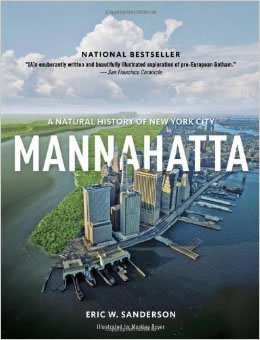
He is the author or co-author of three books, including “Mannahatta: A Natural History of New York City” (Abrams, 2009); two scientific volumes; and dozens of scholarly papers.
His visit is made possible with support from the Department of Geography, the Skä•noñh center and the University’s Office of Sustainability Initiatives.
Organized and presented by the Humanities Center, Syracuse Symposium is a public humanities series that revolves around an annual theme. Programs include lectures, workshops, performances, exhibits, films and readings. Located in the Tolley Humanities Building, the Humanities Center serves the campus community by cultivating diverse forms of scholarship, sponsoring a broad range of programming and partnerships and addressing enduring questions and pressing social issues.
